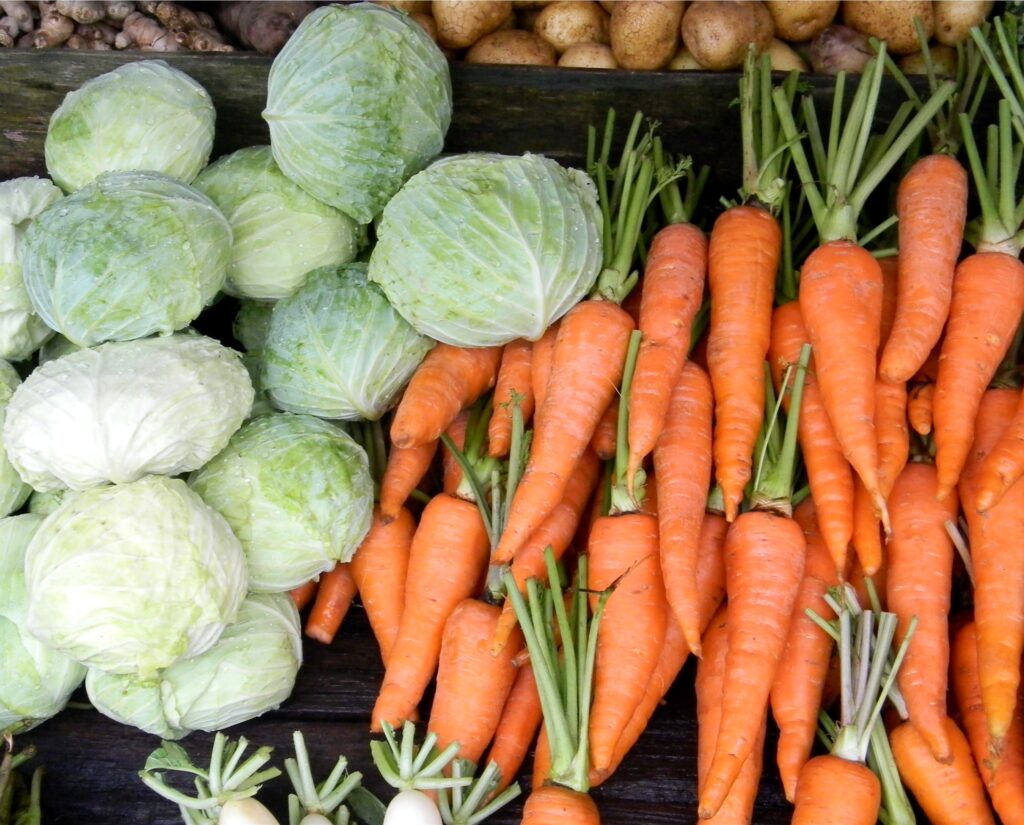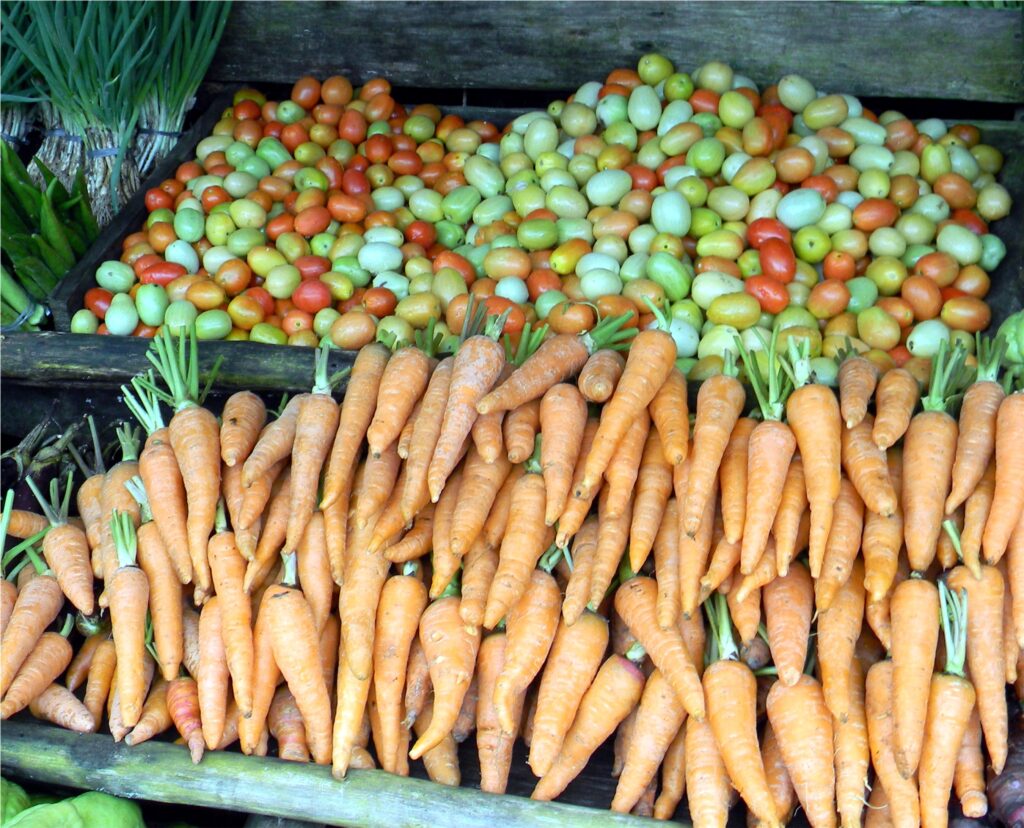Text and Photos by Henrylito D. Tacio
“You ask, ‘What is life?” wrote Russian author and playwright Anton Pavlovich Chekhov in a letter to his wife, Olga Knipper. “That is the same as asking, ‘What is a carrot.’ A carrot is a carrot and we know nothing more.”
That was in the past, but not these days. For instance, the name “carrot” comes from the Greek word “karoton,” whose first three letters (“kar”) are used to designate anything with a horn-like shape. The beta-carotene that is found in carrots was actually named for the carrot itself!
German philosopher Ludwig Feuerbach once said, “We are what we eat.” Today, as someone puts it, “The medicine of the future will no longer be remedial; it will be preventive; not based on drugs but on the best diet for health.”
There’s an old Polish saying that goes this way: “If your husband is old and weak you must have him drink the juice from two big carrots and one firm celery.” Irena Chalmers, writing for The Great Food Almanac, seemed to agree; eating a carrot a day, she said, is “like signing a life insurance policy.”
“Unlike most vegetables that carry a high source of one vitamin or another, carrots are concentrated with Vitamin A, beta carotene and fiber, which work together to solve a number of maladies. Whether you consume them cooked, raw or juiced, carrots will provide your body with its beneficial nutrients,” wrote Ed Robinson in The Health Benefits of Carrots.

Carrots are perhaps best known for their rich supply of antioxidant nutrients. So, it’s not surprising to find numerous research studies documenting the cardiovascular benefits of carrots. Some studies have shown that the cardiovascular system needs constant protection from antioxidant damage. This is particularly true of the arteries, which are responsible for carrying highly oxygenated blood.
A recent study from the Netherlands, in which participants were followed for a period of 10 years, has given us some fascinating new information about carrots and our risk of cardiovascular disease (CVD). In this study, the intake of fruits and vegetables was categorized by color: green, orange/yellow, red/purple, and white.
Out of these four categories, orange/yellow (and in particular, foods with deeper shades of orange and yellow) was determined to be the most protective against CVD. Within this dark orange/yellow food group, carrots were determined to be the single most risk-reducing food.
“Participants who had the least carrot intake had the least amount of CVD risk reduction, even though they still received risk-reducing benefits from their carrot intake,” reports the World’s Healthiest Foods. “However, participants who ate at least 25 more grams of carrots had a significantly lower risk of CVD. And the groups of participants who ate 50- or 75-grams more had an even more greatly reduced risk of CVD!”
According to research from Harvard University, people who ate more than six carrots a week are much less likely to suffer a stroke than those who ate only one carrot a month or more.
Everyone knows carrots improve vision, as it provides the highest vitamin A content of all vegetables. Health Online Zine shares this information: “The retina of the eye needs vitamin A to function, lack of vitamin A causes night blindness. Carrots are rich in beta-carotene, a substance which converted into vitamin A in the liver. In the retina, vitamin A is transformed into rhodopsin, a purple pigment that is necessary for night vision.”
Some studies have found that eating carrots may help lower the risk of breast cancer, lung cancer, and colon cancer. Recently, researchers have isolated a compound called falcarinol in carrots that may be largely responsible for anti-cancer benefits.
“Falcarinol is a natural pesticide found in carrots that protects roots from fungal diseases,” the World’s Healthiest Foods informs. “In daily diet, carrots are almost the only source of these compounds. A study conducted on mice found that those who were fed with either raw carrots or falcarinol had one-third lower risk of developing colon cancer than mice that were not fed with them.”
Combining carrot juice with other vegetables or fruit juices like beet, tomato, or orange creates a delicious blend that is highly beneficial for health due to the rich vitamins A and E content.

In the Philippines, carrots are usually cooked with other vegetables for “chop suey” and other dishes. It is also eaten raw with lettuce and pepper. Raw carrots sticks and curls are attractive garnishes and appetizers. Carrot tops are high in potassium but are bitter. A small portion of the tops may be cut finely and mixed with salads or cooked in broths or soups for flavoring. It is also made into cakes, jam, wine, and dye. It also adds flavor to butter.

